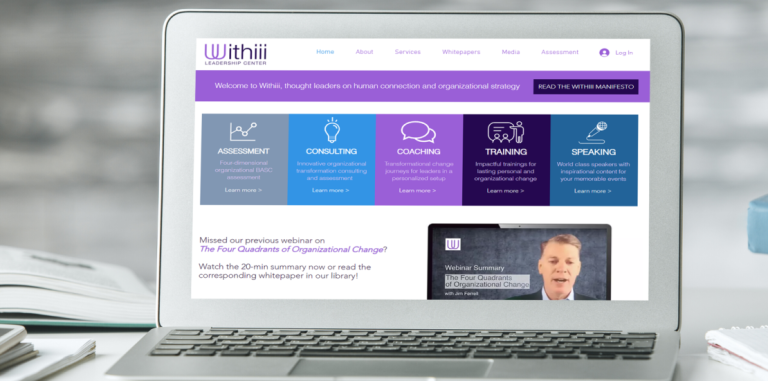
Gone are the days when employees’ mental health was considered just a personal matter, not to be discussed at work. Over the years, it has become more and more evident that the way employees feel, think, and behave greatly affects their productivity, communication, and their ability to ensure safety in the workplace.
Over 5% of the world population suffers from depression, according to the World Health Organization. This figure alone is enough reason to create a work environment that supports the employees’ mental health. Here are a few ways.
Ask the employees
One sure way to learn about employees’ constant stressors is to ask them. Conduct a survey, which they would feel safe to answer, and ask them which parts of their jobs stress them out the most.
Undergo training
Business leaders, managers, and team leads must undergo mental health training, so that they know what to do when they see signs of distress or substance abuse among the employees. This can also help them become more invested and mindful of this particular aspect of employees’ well-being.
Help employees reduce, not just manage, stress
Watch the employees’ hours and make sure that they are not working for longer hours than required. If flexible hours or remote work seem necessary to reduce the possibility of burnout, allot resources to make it happen.
Include mental health in the healthcare plan

Nothing says mental health support like covering for their mental health care. In 2018, Accenture decided to include mental health benefits in their employee healthcare plan. Shortly after that, they saw a significant increase in the employee’s willingness to talk about their mental health challenges to managers.
Have an employee assistance program (EAP) in place
Establish an EAP that offers therapy sessions, and emphasize that it is free of charge and confidential. Some employees might hesitate to reach out about their mental health challenges, so assure them of confidentiality. Make it easy for employees to know where they can find the resources and how they can reach people who can help them.
Ensure regular check-ins
Now, more than ever, checking in with employees is critical in creating a healthy work environment. Do more than the short “how are you?” conversations. Ask them specifically what kind of support they need and really listen to what they say. Some may hesitate to share, but what’s important is they know that they can.
Promote well-being in the workplace
Offer them free access to apps that can help them sleep better, reduce stress, and create healthier habits. Initiate wellness programs such as free yoga classes, mindfulness training, and workout sessions. Provide meditation rooms, too. Encourage employees to use their vacation leaves by limiting the number of vacation days that could be rolled over to the next year.
Final thoughts
Supporting mental health in the workplace takes commitment. You must be ready to allot resources, training hours, infrastructure, and space for policy changes to create a healthy work environment for all employees.






